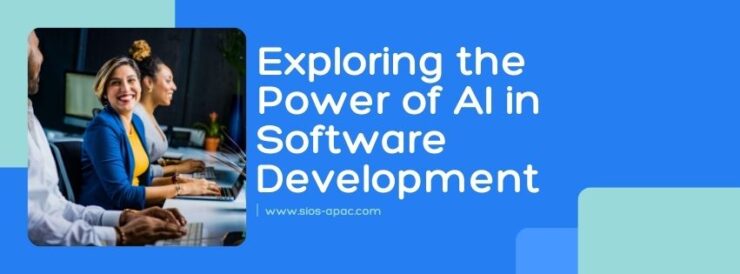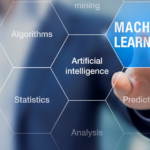Exploring the Power of AI in Software Development
“Don’t just launch an AI integration or deploy AI tools because it sounds cool,” advises Cassius Rhue, VP, Customer Experience, SIOS Technology. “Understand the reasons, risks and rewards, and strategy behind your implementation. Be sure to understand all the costs for integration of these tools as well. These costs will go beyond just the price tag on the tool or service.”
Reproduced with permission from SIOS

